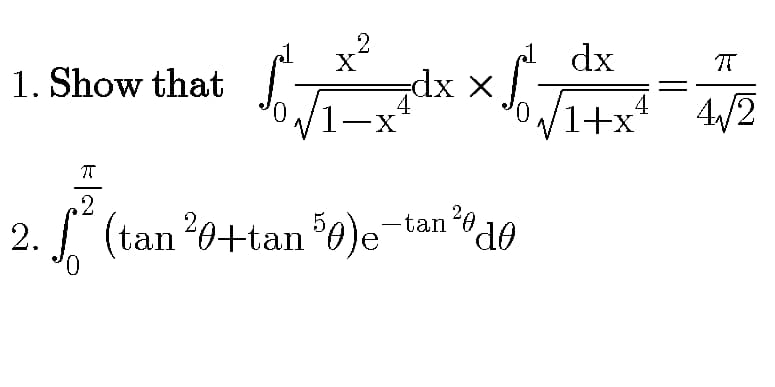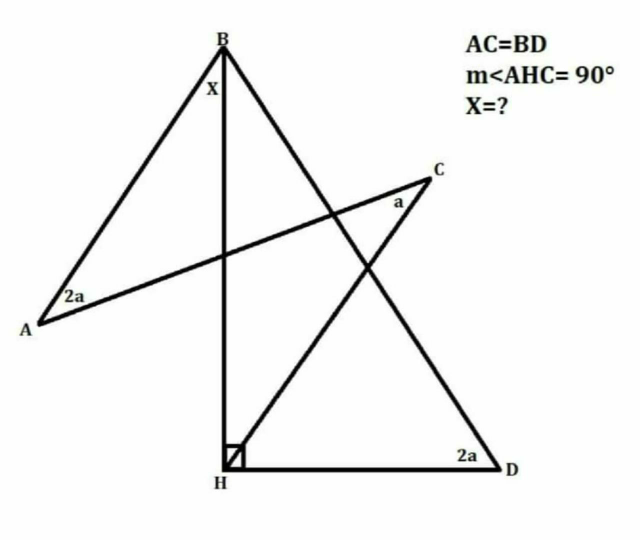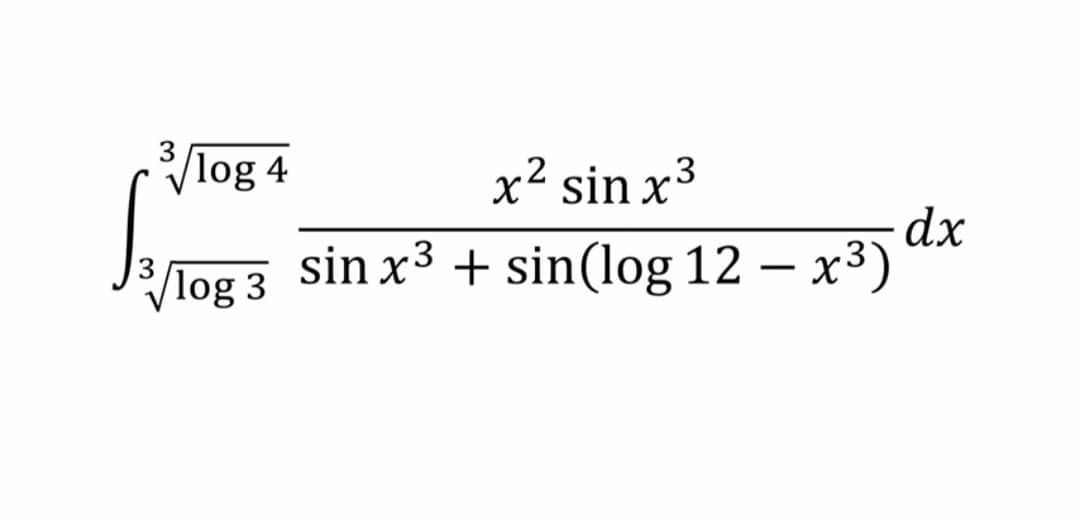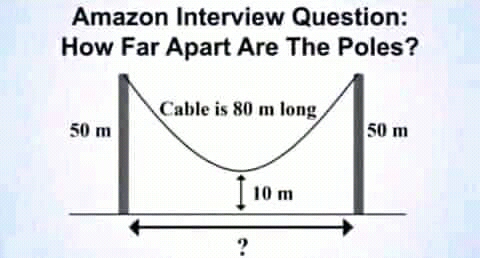
AllQuestion and Answers: Page 1273
Question Number 87581 Answers: 2 Comments: 1

Question Number 110350 Answers: 2 Comments: 0
Question Number 87563 Answers: 1 Comments: 5
Question Number 87561 Answers: 0 Comments: 3
Question Number 87556 Answers: 1 Comments: 1

Question Number 87553 Answers: 1 Comments: 0

Question Number 87550 Answers: 0 Comments: 2
Question Number 87543 Answers: 0 Comments: 0

Question Number 87540 Answers: 1 Comments: 1

Question Number 87538 Answers: 0 Comments: 7

Question Number 87537 Answers: 0 Comments: 0

Question Number 87536 Answers: 1 Comments: 0
Question Number 87535 Answers: 0 Comments: 0
Question Number 87534 Answers: 0 Comments: 1
Question Number 87533 Answers: 3 Comments: 2

Question Number 87532 Answers: 0 Comments: 2
Question Number 87530 Answers: 0 Comments: 1
Question Number 87527 Answers: 0 Comments: 1
Question Number 87526 Answers: 0 Comments: 1
$${calculate}\:\int_{\mathrm{0}} ^{\infty} \:{e}^{−\left[{nx}\right]} \:{dx} \\ $$
Question Number 87516 Answers: 1 Comments: 0
Question Number 87511 Answers: 2 Comments: 0

Question Number 87508 Answers: 0 Comments: 1

Question Number 87505 Answers: 1 Comments: 6

Question Number 87504 Answers: 1 Comments: 0
Question Number 87503 Answers: 1 Comments: 4
$$\int\frac{{x}^{\mathrm{2}} }{\mathrm{1}+{x}^{\mathrm{5}} }{dx} \\ $$
Question Number 87497 Answers: 0 Comments: 0
Pg 1268 Pg 1269 Pg 1270 Pg 1271 Pg 1272 Pg 1273 Pg 1274 Pg 1275 Pg 1276 Pg 1277
